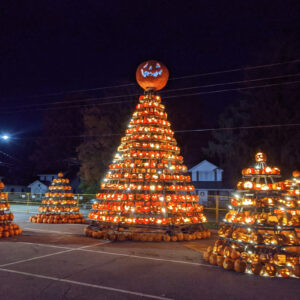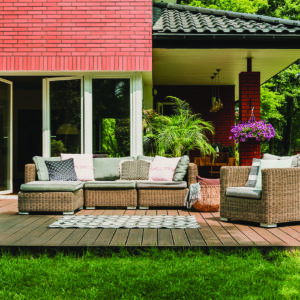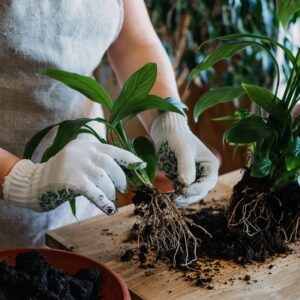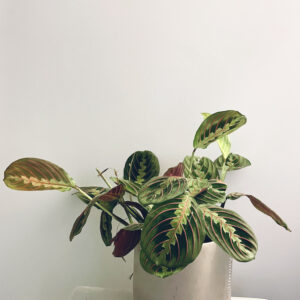
If you’ve been following along for the last year you’ll know one of my most often made suggestions to help your houseplants thrive is to keep them in groups. Pairs. Bunches. Clumps. Gangs. Whatever you call it, plants do better together.
While there is something to be said about the look of a lone bird of paradise or giant monstera deliciosa taking up an entire corner in your home — perhaps more is to be said about plants that stick together. Other than long-term air quality improvements in your home, studies show grouping plants that thrive in similar conditions makes it easier to care for them. Freeing up more time for you to shop online for more plants (or take care of your actual people children).
Before you go to your nearest nursery and buy 20 houseplants to fill your spare bedroom, there are some tips to adhere to to ensure your gang of pitcher plants, crotons, and devil’s ivy don’t have a bad first meet-and-greet. Consider grouping plants together based on these criteria from treehugger.com:
Light: Group by the need for low to bright light, direct versus indirect.
Humidity: Tropical plants like it moist, succulents not so much.
Temperature: Cold-sensitive plants may not like a drafty window sill; heat-sensitive plants should be kept away from heaters and vents.
Thirst: Watering is easier if plants that require more of it are living together, and vice versa.
Pet-friendliness: A lot of plants are toxic to pets; group these ones together in an out-of-reach place.
Aesthetic: Once you have a group shortlisted, consider how they look together to make the final grouping. Generally, plants that thrive together will look good together since they have similar requirements and complementary features.
“Aim for a harmonious mix and match of leaf shapes and sizes. It looks great to have some that grow tall, some that ramble, and some that trail. And remember that an uneven number, like three or five, is a good design standard when clustering objects,” reads treehugger.com.
Is there any science behind the groupings? According to Dr. Jay Biernaskie there is.
“Most people would not think of plants as social organisms. But sociality simply means that individuals live and interact in groups. Plants are certainly group-living, and they compete with their neighbours for vital resources,” he wrote in The Social Life of Plants. Adding that it is no surprise there are people who thrive on social gatherings while others thrive on alone time. And there are plenty of people who fall somewhere between these two extremes just as with plants.
Here are three more reasons from indoorfriends.com why keeping houseplants together is good for you and the plants:
Additional humidity: Plants, generally, like to live outside in their natural environments. And those environments tend to be more humid than your house. When you group plants together, you create a slightly more humid microclimate for them to grow in. This happens because plants release moisture through their leaves. The technical term for that is transpiration.
General care: Keeping your plants together also helps you help them. For example, when you group plants based on their watering schedules, it’s easier to water all those plants at the same time without forgetting anyone. Grouping your plants by their environmental needs like light, temperature, and pet-friendliness makes it easier to monitor and adjust things in your house for one area rather than multiple.
Aesthetic part II: Sorry, but it nearly always comes down to the aesthetic for me. Lastly and most importantly, grouping your plants elevates your space. A room with many plants has a certain aesthetic you can’t get with only one plant. The key to grouping plants with design in mind is having variety.
Once you have your houseplants grouped accordingly based on needs, the real fun of seeking cute cover pots, macrame holders, and more starts. If you find yourself downtown Toronto in the next few weeks check out some great plant shops like Ginkgo Floral Design on the Esplanade, The New Leaf — Flowers & Gifts in the Village, or Tiny Flower on Bay Street.










